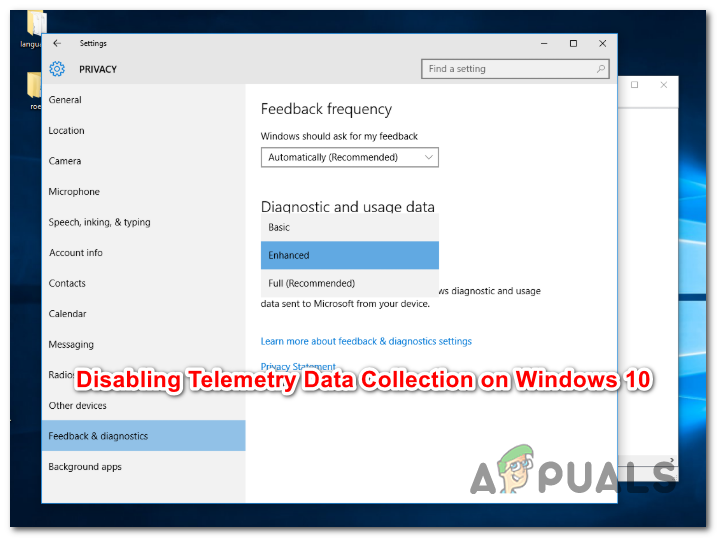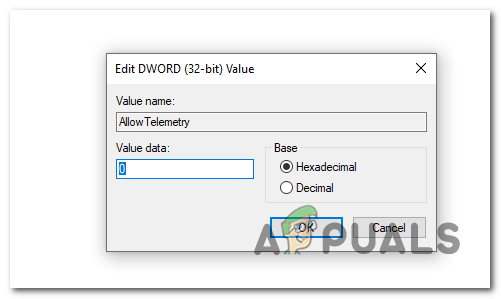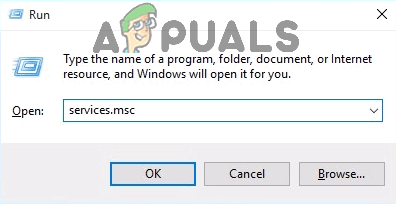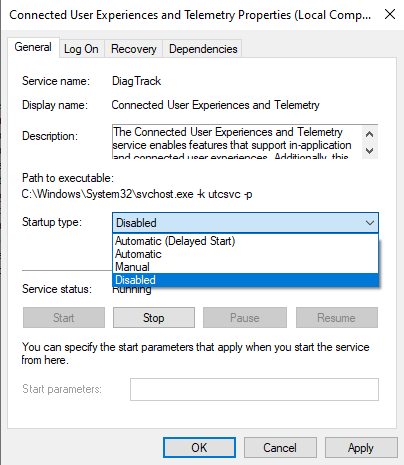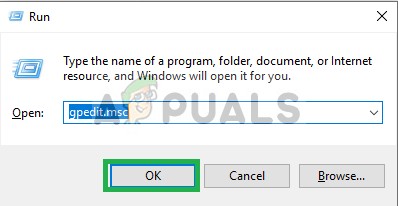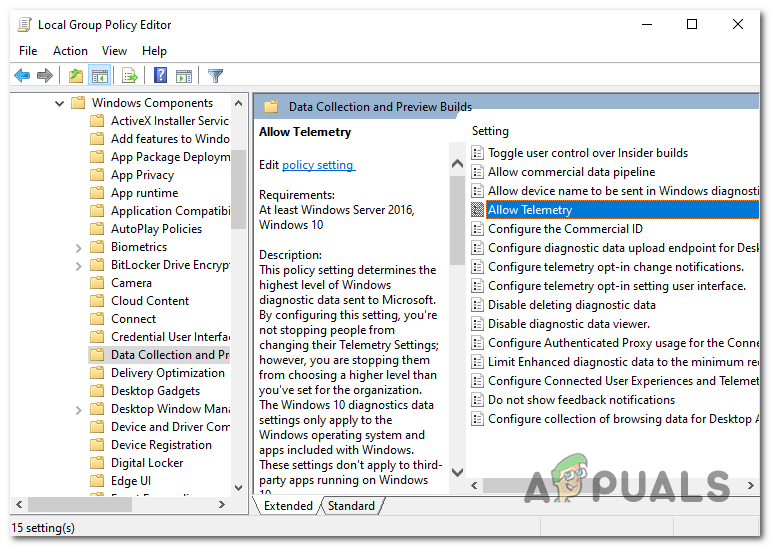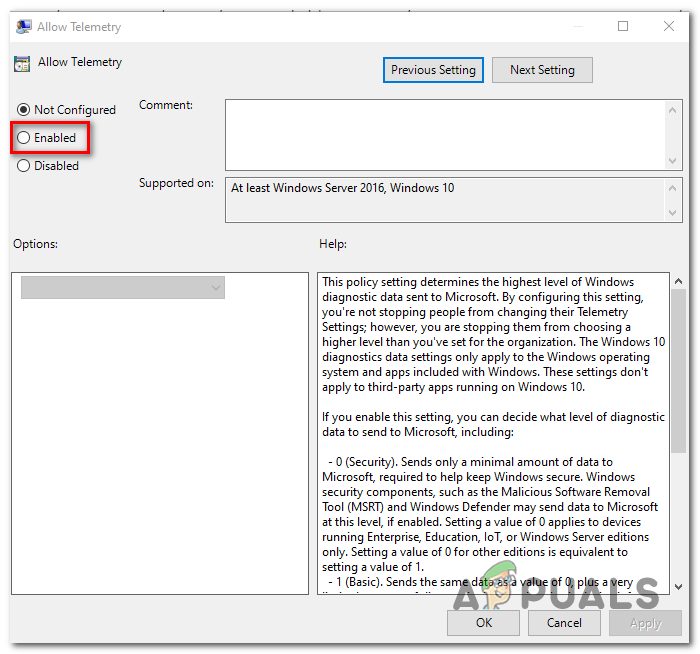How to Disable Telemetry Data collection on Windows 10
When it comes to stopping Windows 10 from gathering telemetry data, there are only one GUI setting that regular users have access to – By setting the Diagnostic and usage data to feature to Basic, you will limit the amount of telemetry data that gets collected based on you. You can also inhibit telemetry data collection via Registry Editor, but this is only a little more effective than the GUI equivalent. However, if you want to limit this feature even more, you should also consider disabling the Microsoft Compatibility telemetry service via an elevated CMD and disabling the Microsoft Compatibility Appraiser (either via the Task Scheduler or via Powershell). But if you have Windows 10 PRO or Windows 10 Enterprise, the best way to do this is via Group Policy Editor.
Method 1: Changing Privacy Options
Although many telemetry settings are “on” by default, it is comforting for Windows 10 users that they can turn them off. Follow these steps to tweak telemetry options in Windows 10 privacy settings. Go to Windows 10 settings and select Privacy. You will find a number of tabs on the left-hand side. Explore the tabs and you will find many options that you can tweak according to your preferences. However, not all the options can be accessed through the Windows 10 settings. To disable telemetry in Windows 10, you need to use some hacks for these additional options. If you’re looking for a different way of disabling the telemetry service, move down to the next potential fix below.
Method 2: Disabling Diagnostic and usage data
If you are contempt with limiting the amount of data you send to Microsoft, you might consider setting the Diagnostic and usage data to Basic from the Feedback & Diagnostics menu (in Windows Settings). Although this operation doesn’t stop the telemetry data from being collected, it will force your Windows 10 installation to only collect the basic information that is vital to the operating system. Data collected includes hardware capabilities, average running parameters and critical errors that bring your system to a halt. Keep in mind that going this route will still allow the installation of new Windows updates, but some UWP apps might not function correctly after some time. If you decide to go this route, here are the step by step instructions that will allow you to modify the Diagnostic and usage data settings in order to limit the amount of telemetry data that is collected from your Windows 10 computer: In case you’re looking for a way to completely stop the telemetry data collection of Windows 10, move down to the next method below.
Method 3: Disable Microsoft Compatibility telemetry via CMD
If you are willing to get a little technical, you can also disable the telemetry data collection on Windows 10 by disabling the main service that is being used for this task. This method will only work on Windows 10, will affect any other applications that are designed to call upon the Microsoft Compatibility Telemetry services. Several affected users have confirmed that this operation finally allowed them to stop telemetry data collection from their system. Here’s a quick guide on disabling telemetry data collection on Windows 10 from an elevated CMD prompt: If you’re looking for a different way of disabling Telemetry data collection on Windows 10, move down to the next method below.
Method 4: Disable Microsoft Compatibility Appraiser
If you’re experiencing an unusually high CPU usage whenever your Windows 10 installation is collecting telemetry data, you’ll probably need to disable the task associated with CompatTelRunner.exe (Microsoft Compatibility Appraiser. When it comes to doing this, you have two ways forward – you can either do it directly from the Task Scheduler windows or you can do it from an elevated Powershell prompt.
Disable Microsoft Compatibility Appraiser via Task Scheduler
The least intrusive operation that will allow you to do this is to use Task Scheduler to disable the Microsoft Compatibility Appraiser located under \Microsoft\Windows\Application Experience. Here’s a quick guide on using Task Scheduler to disable the Microsoft Compatibility Appraiser scheduled task:
Disable Microsoft Compatibility Appraiser via Powershell
If you aren’t afraid to get technical, you can also disable this task from a Powershell terminal. But unless you open it with elevated privileges, the command will trigger an error. Here’s a quick guide on disabling the Microsoft Compatibility Appraiser from an elevated Powershell prompt: In case, you’re looking for a different way of disabling telemetry data collection on Windows 10, move down to the next method below.
Method 5: Disabling Telemetry collection via Registry Editor
If you’re not afraid of going through the registry and disabling telemetry collection this way, you can force the data collection to stop using Registry Editor. But the operation will only be complete after you open up the Services screen and disable the Diagnostics Tracking Service. This method will only work on Windows 10, but a lot of affected users have reported that this operation was the only one that allowed them to completely stop telemetry collection on their computer. Note: Going this route may inhibit your machine’s ability to fetch and install OS updates. If you decide to go this route, here’s a quick guide on disabling telemetry collection via Registry Editor and Services utility: In case you’re looking for a different way of disabling telemetry collection on Windows 10, move down to the next method below.
Method 6: Disabling Telemetry data collection via Group Policy Editor
If you want to disable telemetry data collection on a Windows 10 Pro or Windows 10 Enterprise, you can do it in a convenable way by using the Local Group Policy Editor to stop the policy associated with Data Collection and Preview Builds. But keep in mind that if you’re using Windows 10 Home, the Local Group Policy Editor will not be available by default. In this case, you will need to enable the Local Group Policy Editor on Windows 10 Home first. If you have access to your GPEDIT utility and you want to disable data collection using this tool, here’s what you need to do:
Microsoft Discreetly Drops ‘Telemetry’ As Part Of Larger ‘Security Cumulative…How to Disable / Enable Windows Recovery Environment on Windows 10?How to Disable Edge PDF Viewer in Windows 10How to Disable Live Taskbar Thumbnail Previews in Windows 10
